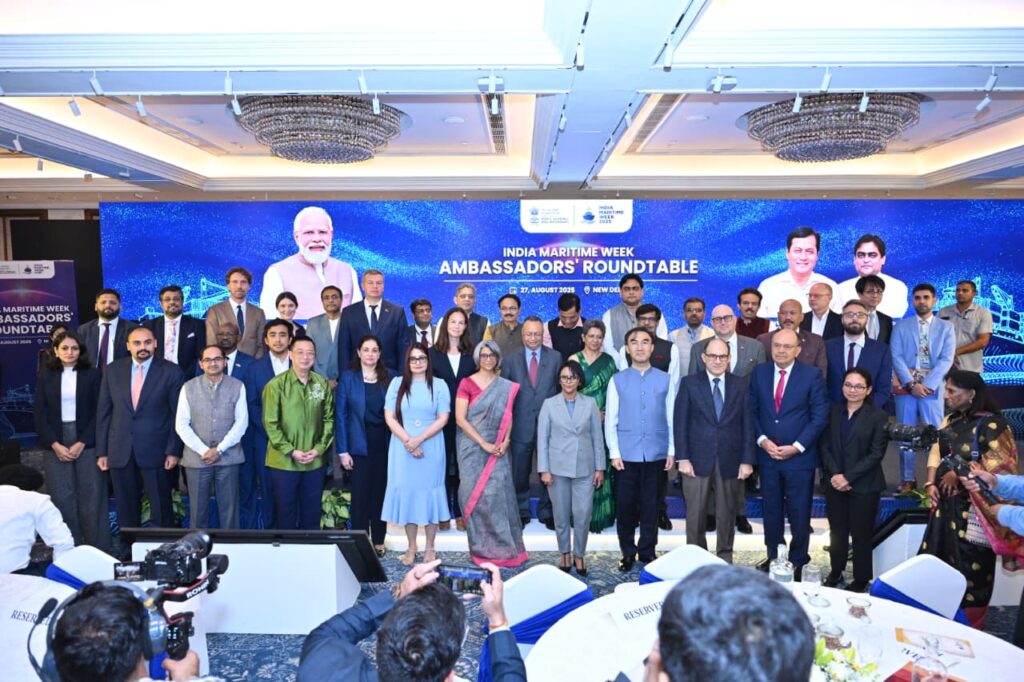The insurance industry, with origins dating back to ancient civilizations like Mesopotamia and the maritime trade practices of medieval Europe, has grown into a sophisticated sector dedicated to shielding individuals and entities from a wide array of risks, from natural disasters to personal accidents. In India, this industry has flourished for decades, not only generating substantial profits but also serving as a cornerstone for long-term financing in both the public and private sectors. By pooling resources and spreading risk, insurance enables individuals and businesses to navigate uncertainties with greater confidence.
At its core, insurance is a contractual agreement where the insurer commits to compensating the insured, whether an individual or an organization, for losses incurred due to specified events, in exchange for a premium. In a country as vast and dynamic as India, where millions rely on public transportation daily, the role of insurance becomes particularly vital, especially in the context of travel safety.
Indian Railways, often described as the lifeline of the nation, is one of the world’s largest railway networks, ferrying millions of passengers across urban centers, rural landscapes, and everything in between. In the financial year 2024–25, Indian Railways carried a staggering 715 crore passengers, cementing its position as the most widely used mode of transportation in the country. This massive scale underscores its importance to India’s socio-economic fabric, connecting people to jobs, families, and opportunities.
However, the sheer volume of passengers also raises critical questions about safety. According to a Right to Information (RTI) report, 18 train accidents occurred in the first half of 2024, resulting in thousands of fatalities and injuries. These incidents, ranging from derailments to collisions, highlight the inherent risks of rail travel, despite ongoing efforts to modernize infrastructure and enhance safety protocols. For the millions who book tickets through the Indian Railway Catering and Tourism Corporation (IRCTC), a key concern emerges: Does the railway system provide adequate protection for passengers in the face of such risks?
To address these safety concerns, IRCTC offers an innovative travel insurance policy priced at an astonishingly low 35 to 45 paise per ticket. This affordability is made possible by the economies of scale achieved through IRCTC’s high booking volume. With millions of passengers purchasing tickets daily, the risk is distributed across a vast pool, allowing insurers to offer comprehensive coverage at a minimal cost.
This policy, introduced to enhance passenger security, provides a safety net for travelers and their families in the event of accidents. If a passenger sustains an accidental bodily injury during their journey that directly and independently leads to their death within 12 months, the nominee receives 100 percent of the sum assured, as outlined in the policy schedule. Similarly, an injury resulting in permanent total disability within 12 months entitles the insured to the full sum assured, ensuring financial support for life-altering consequences.
For permanent partial disability, as defined by the policy’s terms, the insured is eligible for 75 percent of the sum assured, offering relief for injuries that impair but do not completely incapacitate. In cases where an injury requires medical treatment or hospitalization, the insurer reimburses expenses up to Rs. 2 lakh, covering critical healthcare costs. Additionally, in the tragic event of a passenger’s death due to a train accident or incidents specified under Sections 123, 124, and 124A of the Railways Act, 1989, the policy reimburses Rs. 10,000 for transporting the deceased’s remains to their usual place of residence or a cremation/burial site, without requiring documentary proof, simplifying the process during a difficult time.
The significance of IRCTC’s 35-paise insurance policy extends beyond its affordability. It represents a pioneering approach to democratizing insurance, making it accessible to millions of ordinary Indians who might otherwise lack coverage. For many, especially low-income travelers who rely on railways for daily commutes or long-distance journeys, this policy offers peace of mind without financial burden.
However, the policy is limited to rail-specific incidents, prompting travelers to consider broader insurance options for comprehensive protection. Other travel insurance plans, available for both domestic and international journeys, cover risks such as trip cancellations, flight delays, lost baggage, and medical emergencies abroad. These plans often include accident coverage similar to IRCTC’s but cater to a wider range of travel scenarios, such as air or road trips. For instance, international travel insurance might cover lost passports or emergency evacuations, while domestic plans could include coverage for theft or trip interruptions.
Yet, not all policies are created equal. Some may include restrictive clauses, limited benefits, or trivial advantages that fail to justify their cost. Travelers must carefully scrutinize terms and conditions to avoid complications related to coverage, premiums, or claim processes. For example, a policy might exclude pre-existing medical conditions or impose high deductibles, reducing its practical value. Thorough research and comparison are essential to ensure the chosen plan aligns with one’s travel needs and budget.
IRCTC’s 35-paise travel insurance stands as a remarkable example of how innovation and scale can make essential services affordable. By leveraging the high volume of rail passengers, IRCTC has created a model that other sectors could emulate to expand access to insurance. However, passengers should view this policy as a starting point rather than a complete solution.
For those embarking on diverse travel itineraries, exploring comprehensive insurance plans is advisable to cover risks beyond rail accidents. Whether traveling by train, plane, or bus, understanding the fine print of any insurance policy is crucial to making informed decisions.
In a country where mobility is synonymous with opportunity, ensuring safety through affordable and reliable insurance is not just a convenience—it’s a necessity. IRCTC’s initiative, combined with careful consideration of broader travel insurance options, empowers travelers to journey with greater confidence and security.

















